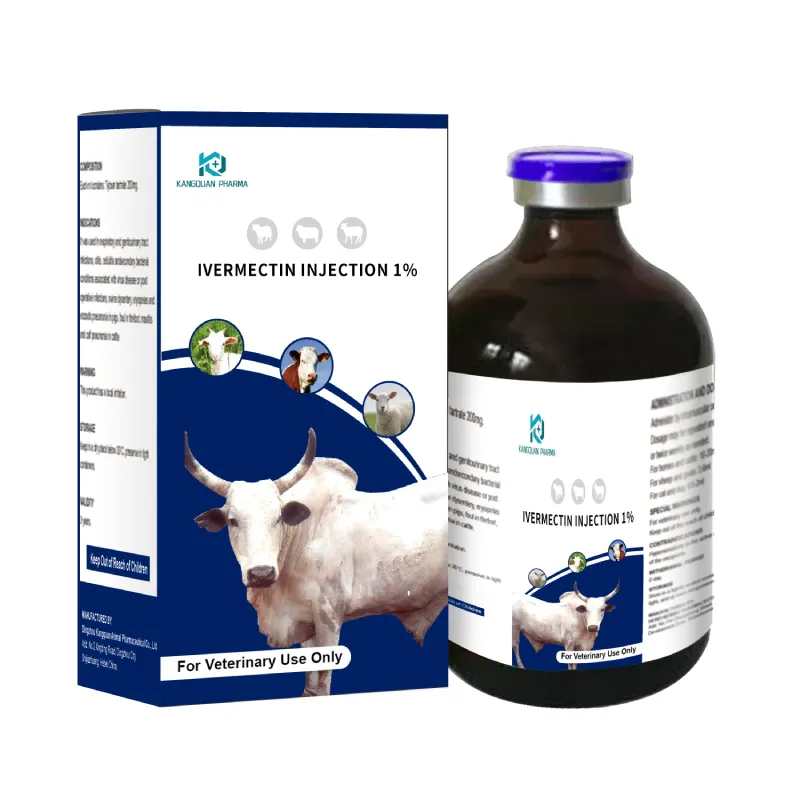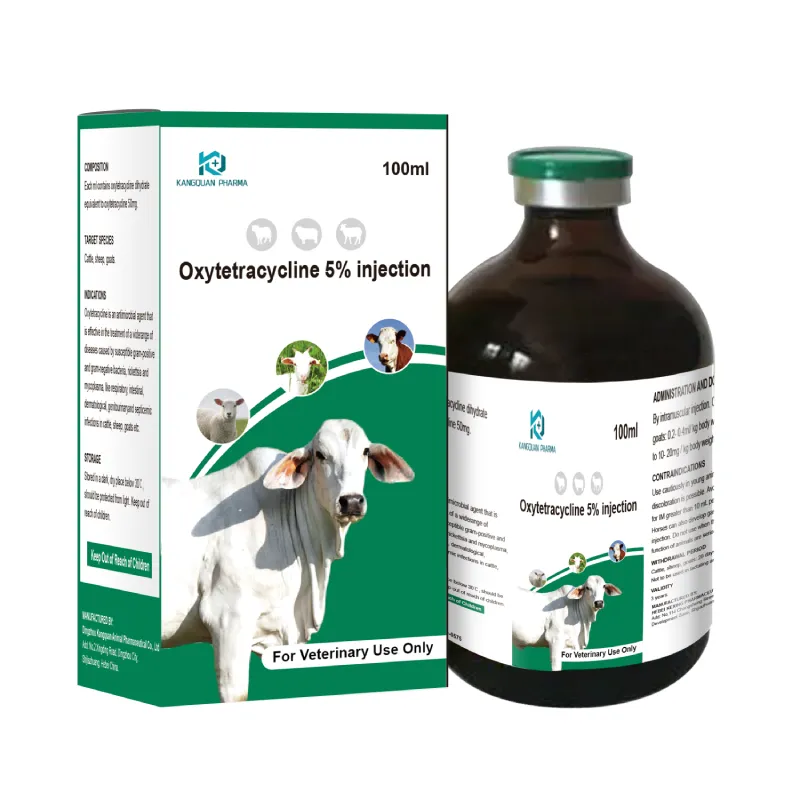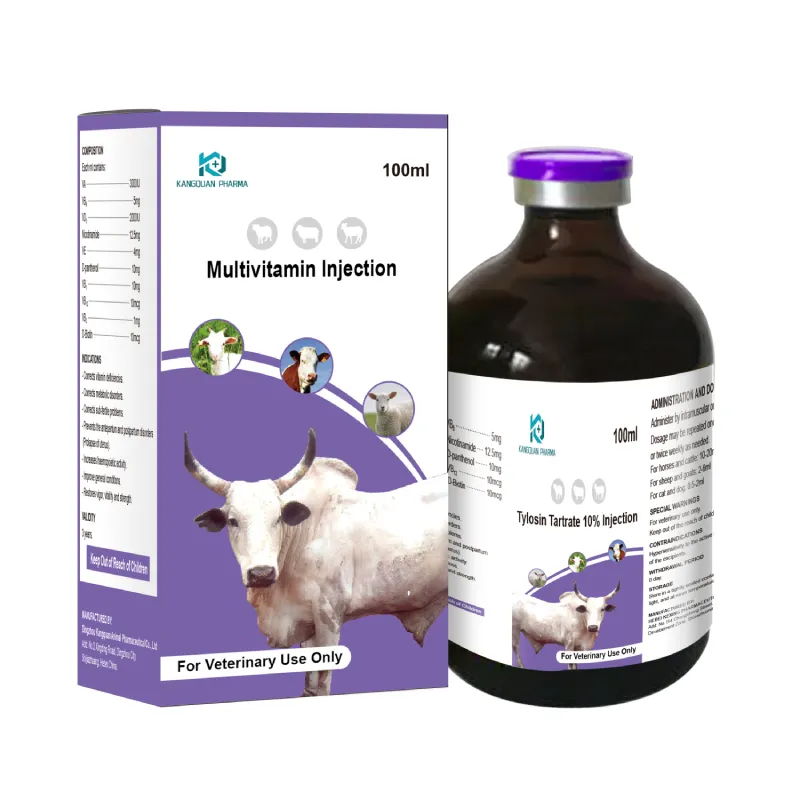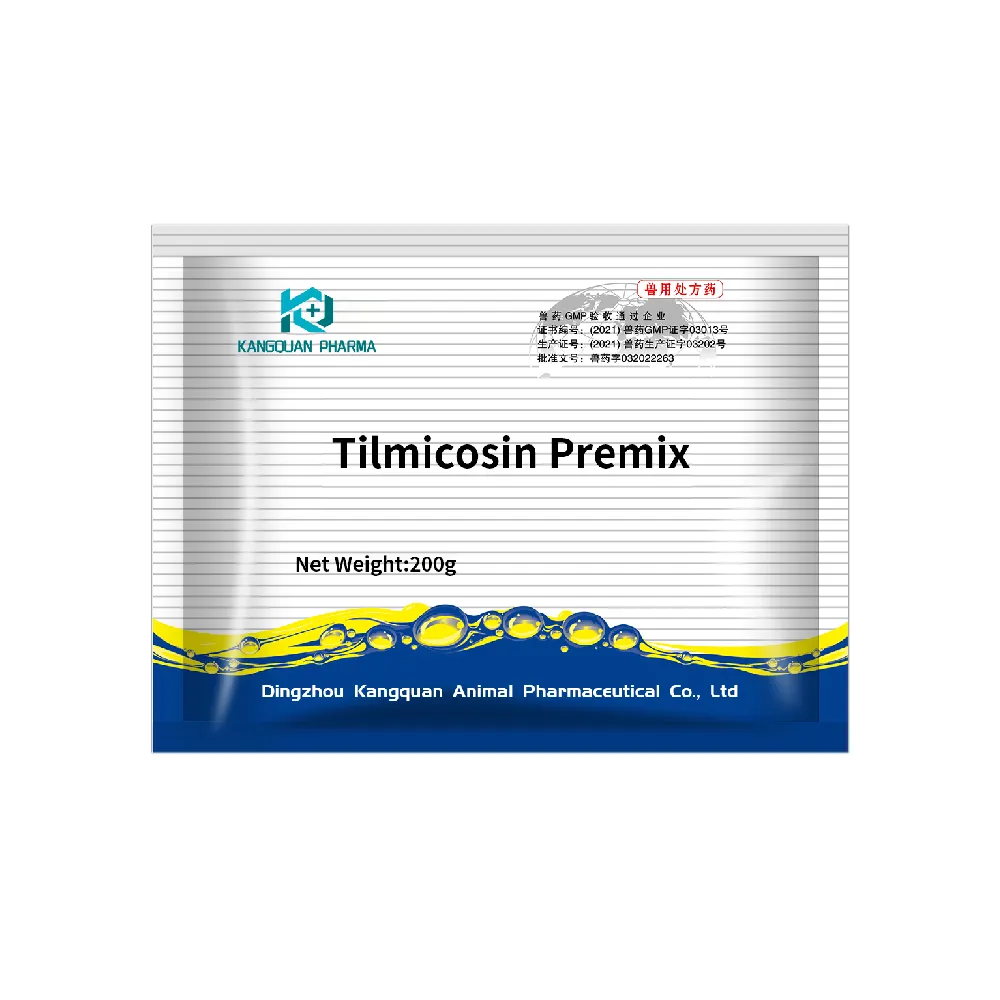- Afrikaans
- Albanian
- Amharic
- Arabic
- Armenian
- Azerbaijani
- Basque
- Belarusian
- Bengali
- Bosnian
- Bulgarian
- Catalan
- Cebuano
- Corsican
- Croatian
- Czech
- Danish
- Dutch
- English
- Esperanto
- Estonian
- Finnish
- French
- Frisian
- Galician
- Georgian
- German
- Greek
- Gujarati
- Haitian Creole
- hausa
- hawaiian
- Hebrew
- Hindi
- Miao
- Hungarian
- Icelandic
- igbo
- Indonesian
- irish
- Italian
- Japanese
- Javanese
- Kannada
- kazakh
- Khmer
- Rwandese
- Korean
- Kurdish
- Kyrgyz
- Lao
- Latin
- Latvian
- Lithuanian
- Luxembourgish
- Macedonian
- Malgashi
- Malay
- Malayalam
- Maltese
- Maori
- Marathi
- Mongolian
- Myanmar
- Nepali
- Norwegian
- Norwegian
- Occitan
- Pashto
- Persian
- Polish
- Portuguese
- Punjabi
- Romanian
- Russian
- Samoan
- Scottish Gaelic
- Serbian
- Sesotho
- Shona
- Sindhi
- Sinhala
- Slovak
- Slovenian
- Somali
- Spanish
- Sundanese
- Swahili
- Swedish
- Tagalog
- Tajik
- Tamil
- Tatar
- Telugu
- Thai
- Turkish
- Turkmen
- Ukrainian
- Urdu
- Uighur
- Uzbek
- Vietnamese
- Welsh
- Bantu
- Yiddish
- Yoruba
- Zulu
Nov . 22, 2024 21:14 Back to list
kitasamycin tartrate
Kitasamycin Tartrate An Overview of Its Applications and Significance
Kitasamycin tartrate is an antibiotic compound that has gained attention in the medical and pharmaceutical fields due to its unique properties and potential applications. Derived from the fermentation of specific strains of Streptomyces, kitasamycin belongs to the macrolide class of antibiotics, which are known for their ability to inhibit bacterial protein synthesis. This article provides an overview of kitasamycin tartrate, exploring its origins, mechanism of action, therapeutic uses, and its significance in contemporary medicine.
Origins and Production
Kitasamycin was first isolated in 1960 from the fermentation of Streptomyces griseus. This microorganism produces various bioactive compounds, and kitasamycin is one of its most notable outputs. The compound is typically obtained through a biochemical process involving fermentation, extraction, and purification. The resultant kitasamycin is then converted into its tartrate salt form to enhance its solubility and stability, making it easier to formulate into dosage forms suitable for clinical use.
Mechanism of Action
Kitasamycin exerts its antibacterial effects by binding to the 50S subunit of the bacterial ribosome. This binding inhibits the translocation step during protein synthesis, effectively preventing bacteria from growing and multiplying. The spectrum of activity of kitasamycin includes various strains of Gram-positive bacteria and some atypical pathogens like Mycoplasma and Chlamydia. This makes it a valuable option in treating infections that are resistant to other antibiotics.
Therapeutic Applications
kitasamycin tartrate

Kitasamycin tartrate is primarily used in veterinary medicine, although it has also found some use in human medicine. In veterinary contexts, it is utilized to treat respiratory and digestive tract infections in livestock, particularly in poultry and swine, due to its effectiveness against common bacterial pathogens in these species. Its ability to improve growth rates and feed efficiency has further led to its incorporation in the feed of farm animals.
In human medicine, kitasamycin has been explored for its potential use in treating respiratory tract infections and conditions caused by susceptible organisms. While it is not as widely used as other macrolides like azithromycin or erythromycin, it remains a subject of interest for research on antibiotic resistance, given its unique mechanism of action.
Significance in Modern Medicine
As the medical community grapples with the growing challenge of antibiotic resistance, kitasamycin tartrate offers a glimpse into alternative therapeutic options. Researchers are continuously investigating its pharmacological properties and potential combination therapies to enhance efficacy against resistant strains. Furthermore, kitasamycin's role in veterinary medicine highlights the interconnectedness of human and animal health, emphasizing the importance of responsible antibiotic use across species.
Conclusion
In conclusion, kitasamycin tartrate is an antibiotic with a rich history and promising applications. While its use is primarily seen in the veterinary sector, ongoing research into its properties and potential in human medicine could pave the way for new strategies in combating bacterial infections. As the landscape of antibiotics evolves, understanding and leveraging compounds like kitasamycin will be crucial in the fight against resistant infections, making it a compound worth monitoring in the field of pharmacology.
-
Guide to Oxytetracycline Injection
NewsMar.27,2025
-
Guide to Colistin Sulphate
NewsMar.27,2025
-
Gentamicin Sulfate: Uses, Price, And Key Information
NewsMar.27,2025
-
Enrofloxacin Injection: Uses, Price, And Supplier Information
NewsMar.27,2025
-
Dexamethasone Sodium Phosphate Injection: Uses, Price, And Key Information
NewsMar.27,2025
-
Albendazole Tablet: Uses, Dosage, Cost, And Key Information
NewsMar.27,2025













